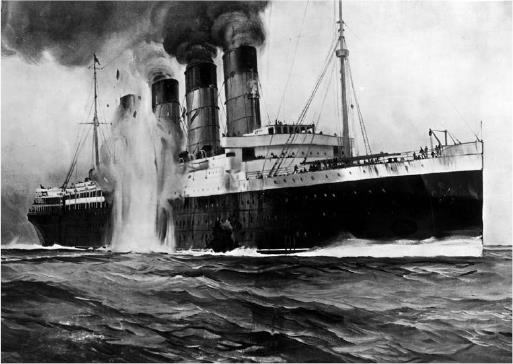War and ConflictWorld War I |
Why did the United States get involved in World War I? |
When war broke out in Europe in August 1914, Americans opposed the involvement of U.S. troops, and President Woodrow Wilson (1856–1924) declared the country’s neutrality. But as the fighting continued and the German tactics threatened civilian lives, Americans began siding with the Allies.
After the sinking of the passenger liner SS Lusitania, Germany adopted restricted submarine warfare. But early in 1917 Germany again began attacking unarmed ships, this time American cargo boats, goading the United States into the war. Meantime, German U-boats were positioning to cut off shipping to and from Britain, in an effort to force the power to surrender. Tensions between the United States and Germany peaked when the British intercepted, decoded, and turned over to President Wilson a telegram Germany had sent to its ambassador in Mexico. The so-called “Zimmermann note,” which originated in the office of German foreign minister Arthur Zimmermann (1864–1940), urged the German officials in Mexico to persuade the Mexican government into war with the United States—in order to reconquer lost territory in Texas, New Mexico, and Arizona. The message was published in the United States in early March. One month later, on April 6, 1917, the U.S. Congress declared war on Germany after President Wilson had asserted that “the world must be made safe for democracy.”

